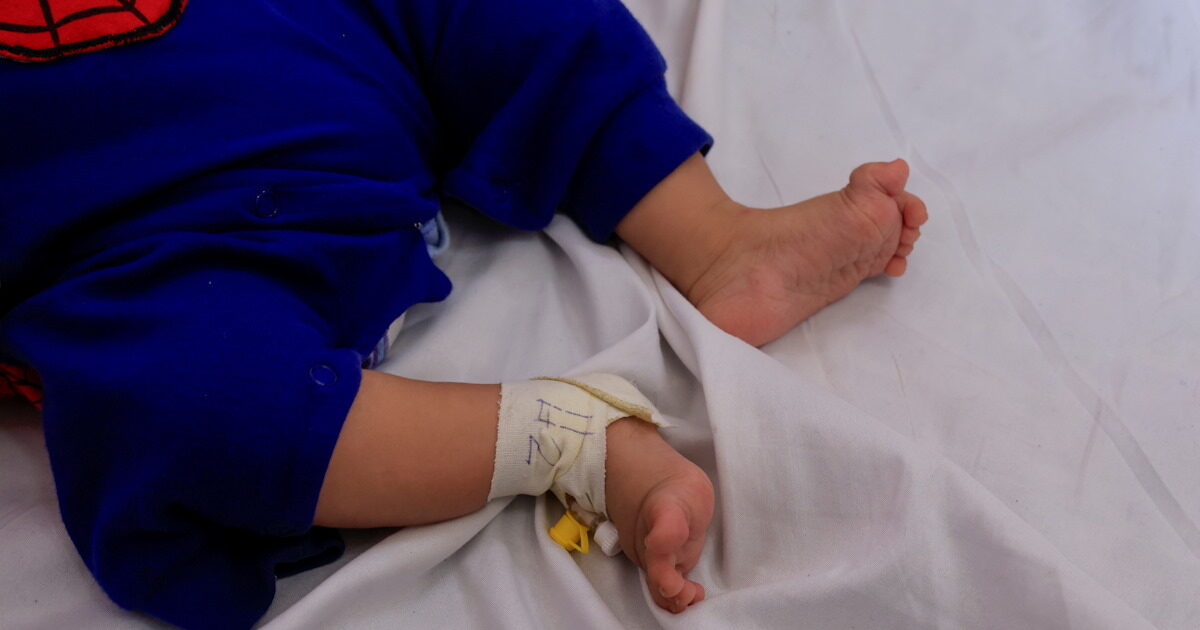An innovative medical technique led to the birth of eight children in Britainwhich carry DNA of three different people. The method aims to prevent incurable and often deadly mitochondrial diseases, according to doctors.
The method, developed by scientists in Britain and is now applied to the Newcastle Fertility Center’s assisted reproduction unit combines the egg and sperm of parents with a second egg of a donor. So the child is born with “triple” DNA.
The procedure predicts that the two eggs – the mother and the donor – fertilized in the laboratory with the Father’s semen. Then the cores of the two embryos – where the DNA is located that determines characteristics such as height and hair color – are removed and the parents’ core is implanted in the fetus with the healthy mitochondria of the donor.
The result is a child genetically related to his parents, but which does not carry the harmful mutations responsible for mitochondrial disease – A disease inherited exclusively by the mother and affects the body’s ability to produce energy.
About 1 in 5,000 newborns suffer from it. In severe cases, infants die within a few days of birth.
Parents who have undergone the process do not wish to speak publicly, but through the fertility center expressed their deep gratitude to the BBC.
“After years of uncertainty, this treatment has given us hope – and then gave us our child,” says a girl’s mother. “The burden of mitochondrial disease is gone and there is only joy, hope and gratitude,” adds another mother.
The eight babies – four boys and four girls, including a pair of twins – are the result of the process applied to 22 families.
According to Professor Bobby McFarland, head of the NHS National Mitochondrial Disease System, all infants are healthy, They do not show signs of disease and grow normally. There was an incident of epilepsy and a child with cardiac arrhythmia, situations that are successfully treated and not related to mitochondria.
An important question was whether they would accidentally move into a problem mitochondria to the final fetus. In five cases, they were not detected at all, in the remaining three, between 5% and 20% of harmful mitochondria, they were found in blood and urine samples – below the 80% threshold that is considered dangerous.
The process divides
Britain has been the first country in the world to legitimize the process, the 2015after a vote in parliament.
This option was divided, as the mitochondria contains their own DNA – even if they are just 0.1% of the total genome – which raises philosophical and moral questions about the future of genetic engineering.
However, as Professor Doug Turnbull at Newcastle University points out: “It took a top science, proper legislation, support from NHS – and now we have eight children free from a devastating disease. What a wonderful achievement. “
“For many families, this is the first true hope of breaking the vicious cycle of a hereditary conviction,” says Liz Curtis, founder of the Lily Foundation, who supports families with mitochondrial diseases.
